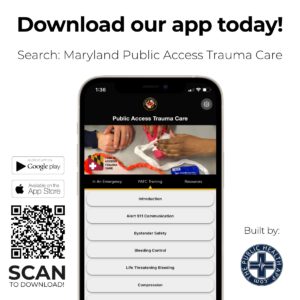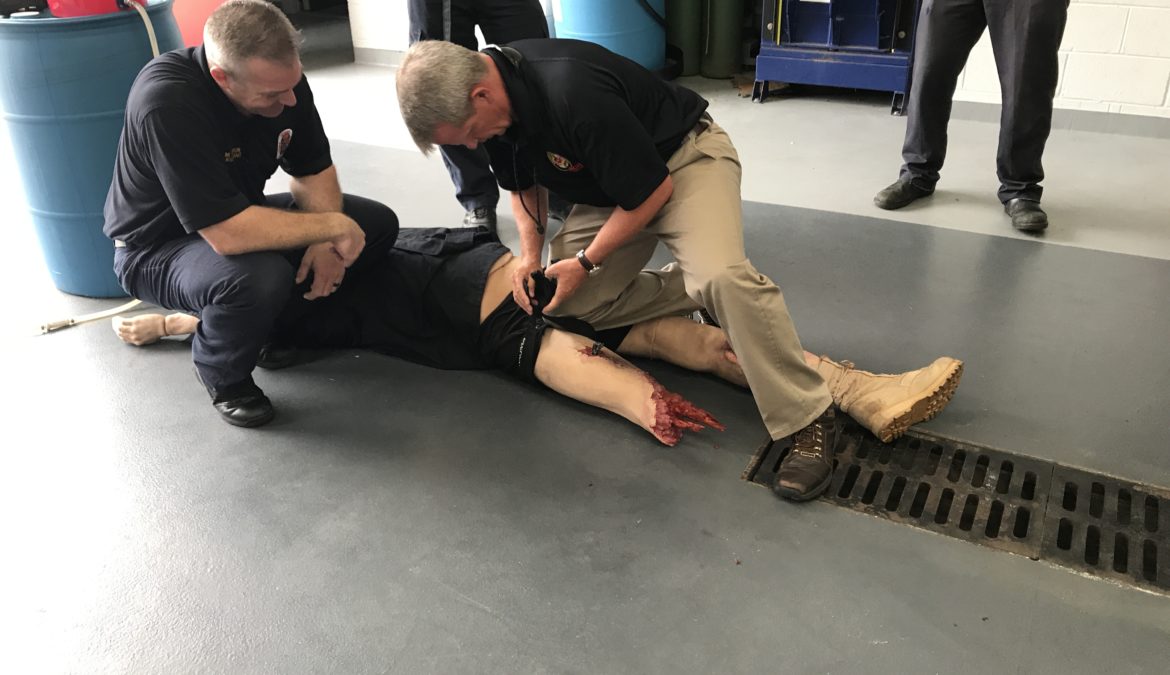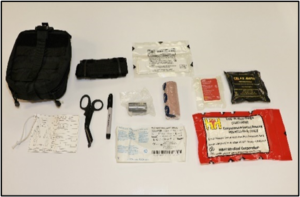On January 22, 2022, a member of the Magruder High School security team identified a student suffering from a gunshot injury in a school bathroom. The school nurse deployed compressed gauze from the nearby Public Access Trauma Care (PATC) kit to provide life-saving treatment to the injured student prior to the arrival of first responders on-scene.
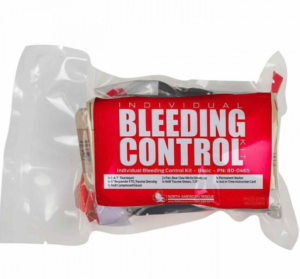 The PATC kits, found in all Montgomery County public high schools, are one component of the larger PATC program administered by the Maryland-National Capital Region Emergency Response System (MDERS). The PATC program aims to empower community members throughout Prince George’s and Montgomery Counties to respond to life-threatening blood loss, or other common forms of trauma, through the deployment of medical equipment, training, and other educational resources. Currently, MDERS and its stakeholders are focused on the continued proliferation of PATC kits throughout government buildings and other public facilities across the Maryland-National Capital Region.
The PATC kits, found in all Montgomery County public high schools, are one component of the larger PATC program administered by the Maryland-National Capital Region Emergency Response System (MDERS). The PATC program aims to empower community members throughout Prince George’s and Montgomery Counties to respond to life-threatening blood loss, or other common forms of trauma, through the deployment of medical equipment, training, and other educational resources. Currently, MDERS and its stakeholders are focused on the continued proliferation of PATC kits throughout government buildings and other public facilities across the Maryland-National Capital Region.
Montgomery County Police Department (MCPD), Montgomery County Fire and Rescue Service (MCFRS), school officials, and other county leaders placed Magruder High School on lockdown upon identification of the gunshot injury. MCPD began conducting witness interviews and searching the school grounds while MCFRS transported the injured student to a nearby trauma center. MCPD ultimately located and apprehended a suspect with a firearm in one of the school’s classrooms.
In addition to PATC, Montgomery County applied numerous capabilities developed or enhanced through MDERS, including Tactical Equipment for Law Enforcement, Intelligence and Information Sharing, and Incident Command System components.
For more information on the Public Access Trauma Care program, or other emergency response capabilities, please email mders@maryland.gov.



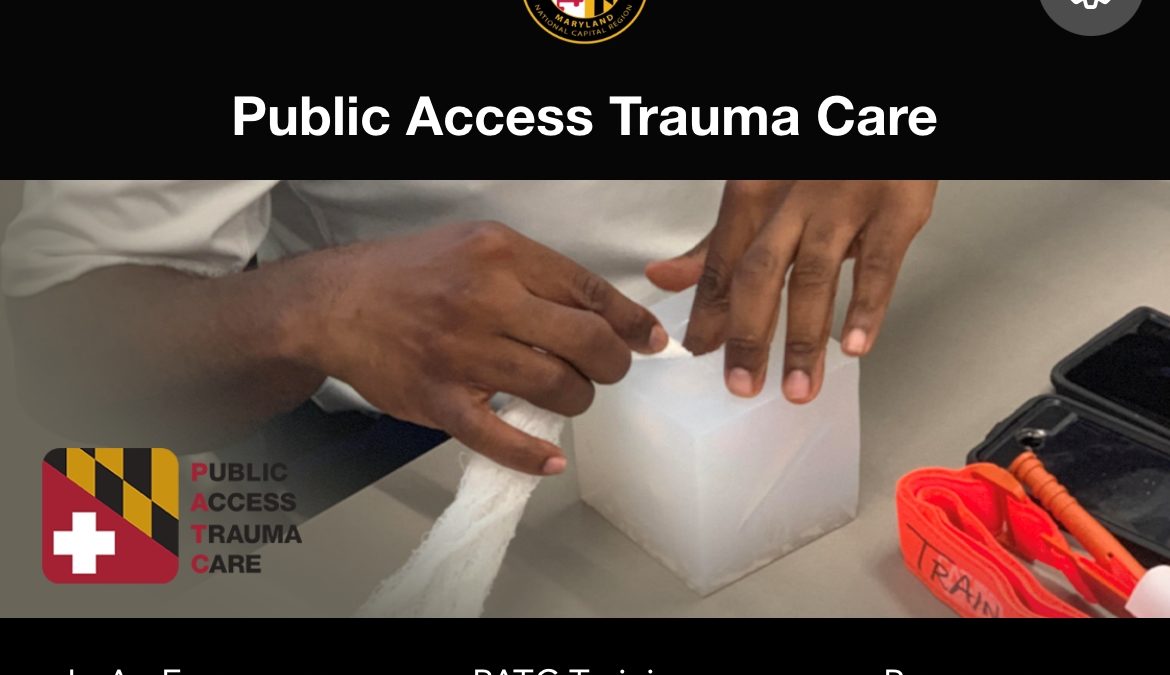
 In an Emergency
In an Emergency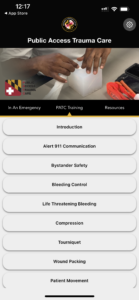 PATC Training
PATC Training Resources
Resources